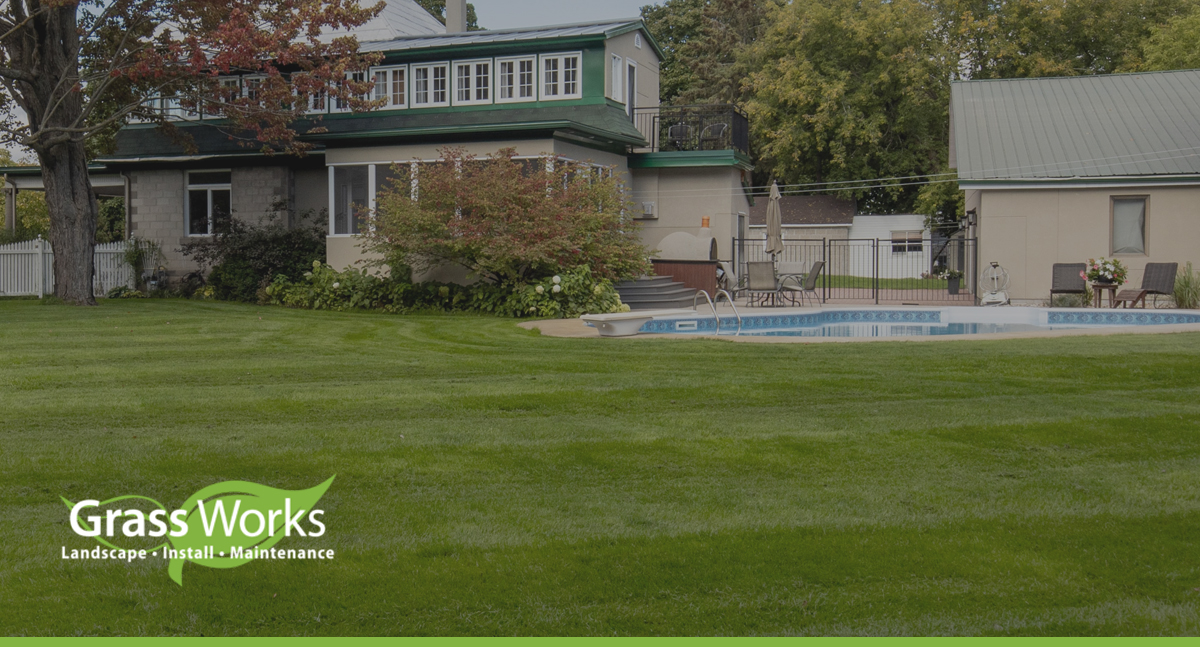How & When to Winterize Your Lawn in Texas

Texas doesn’t get much snow or ice, but residents should still give their lawn the TLC it deserves to keep it flourishing throughout the winter. It may be slow, but your grass is constantly growing, even in January and February.
Every homeowner should complete essential tasks to winterize their lawn, whether they take on the job or hire a pro.
What is Lawn Winterization?
Winterizing your lawn means preparing it for cold weather. It may include the following actions:
- Aerating
- Liming
- Overseeding
- Applying fertilizer
- Storing equipment
Begin winterizing your lawn near the end of summer or the beginning of fall.
Taking care of your lawn is crucial year-round. However, the fall is critical for addressing any remaining issues and preparing your lawn for cooler weather.
Benefits of Winterizing Your Lawn
Although you won’t see immediate results from winterizing your lawn, you’ll eventually reap the fruits of your labor. Some benefits of winterizing your yard include:
- Stronger roots that encourage nutrient absorption
- Increased chance your lawn will survive winter
- More luscious grass in the spring
- Reduced chance of disease
Give your grass a fighting chance and learn the best way to winterize your lawn.
Tips for Winterizing Your Lawn
Aside from raking up fallen leaves, there are several things to know about how to best winterize your lawn.
Keep Your Lawn Clean
Your grass needs space to breathe, so keep leaves, acorns, and other debris off your lawn (we can help with seasonal yard cleanups!). These items can prevent your grass from getting the proper nutrients, air, and water required to help it thrive. Excess debris across your yard creates a breeding ground for mold and fungus that can attack your grass and diminish its health.
After raking your leaves, consider mulching them into your lawn to use them as a natural energy source. You can rent a leaf mulcher or use your lawn mower on a high setting to cut the leaves into small pieces. Mulching leaves will help them break down quickly, keeping your lawn healthy all winter.
Complete a Final Mow and Aerate
After one last mow for the season, aerate your lawn. Aerating is the process of punching small holes into your yard to enhance its absorption of air, water, and nutrients.
Promote Healthy Roots and Soil with Topdressing
Topdressing is the process of adding compost to your yard’s surface. It’s an inexpensive and effective way to make your lawn green quickly. Applying it once a year promotes healthy roots and soil by adding beneficial microbes and minerals to the dirt.
A standard topdressing mix contains the following:
- 40% turkey and dairy compost
- 30% pine humus
- 20% ground cotton seed
- 10% sand
Soil alkalinity is typically high, and pine humus helps lower the level.
Water Regularly
Preparing your lawn for colder weather must include a regular watering routine. The grass doesn’t stop growing, so a regular supply of water is crucial to its survival. Set your irrigation system to a winter watering schedule, which will reduce the number of water days.
Remember to drain and remove your garden hose from its spigot and cover all faucets as the temperature drops. Protecting these devices prevents them from becoming damaged due to freezing temperatures. This will save you time, money, and stress when spring arrives.
Remember to Fertilize
Using fertilizer is the most effective way to ensure that your lawn remains green and dense. Combining fertilization with aeration, topdressing, and regular watering will keep your grass in peak condition throughout the winter.
Check for Signs of Disease
Check your lawn for signs of disease, which might appear as thinning or bare areas of ground. Consider putting down seeds to promote the growth of healthy new grass. Spread the seeds and water them daily to help new seedlings take hold of the lawn.
Control Weeds
Mild temperatures combined with less grass growth make the ideal situation for weeds to grow. You can control weeds using a fertilizer that helps discourage them from growing in your yard.
Bring Potted Plants Inside
Many people put their heart and soul into caring for potted plants. Bringing them inside during the winter will help them survive the harsh, cold weather. They must be kept in areas where they can receive as much sunlight as possible so that they’ll thrive when temperatures rise.
Grass Works has been providing Expert Residential & Commercial Local Lawn Care Services in Central Texas: Austin, Cedar Park, Round Rock, Avery Ranch, Bee Cave, Lakeway, Steiner Ranch & West Austin since 2007! Need help with your landscaping? Get a free estimate today!

Ferris MyCue is the founder and owner of Grass Works Lawn Care, LLC located in Leander, TX. As a former firefighter who maintained yards on his days off, he saw a need for a dependable, local maintenance company that knew the hill country climate and could deliver quality landscaping services for a reasonable price. Since 2007 he has used his leadership to grow the company into one of the top landscape maintenance companies in Austin and surrounding areas offering landscape maintenance, design, and irrigation services to both residential and commercial clients. Ferris is also a member of the Seasonal Employment Alliance (SEA) and an active participant in advocacy efforts to help promote cap relief.